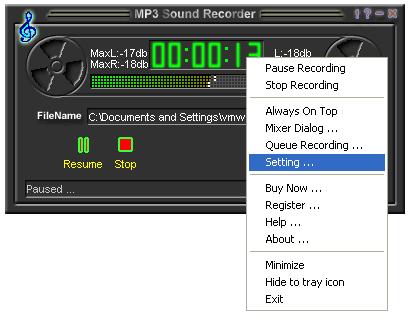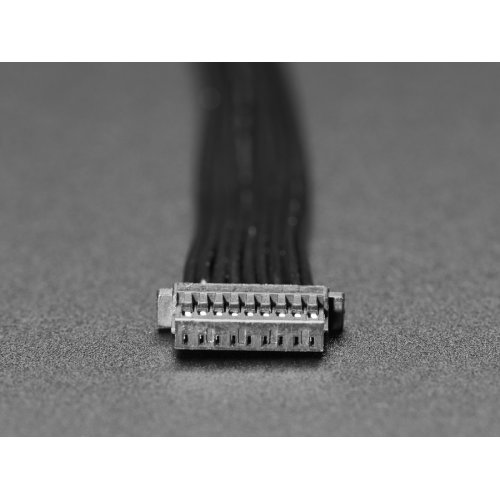
- #How to uninstall virtual audio cable 4 software
- #How to uninstall virtual audio cable 4 free
- #How to uninstall virtual audio cable 4 windows
#How to uninstall virtual audio cable 4 windows
On Windows XP, if the "Sound Playback" in the "Control Panel" is switched from "Speakers" to a virtual speaker while there is an active audio session, the currently active audio session is not disconnected, but remains active. That’s it.These questions are for Windows systems later than Windows XP.
#How to uninstall virtual audio cable 4 software
or any other software that uses a microphone, just set your microphone to CABLE Output (VB-Audio Virtual Cable) and everyone will hear the audio that’s gone through your OBS filters. Now in your conferencing software like Teams, Zoom, etc. Once you’re happy with the results, turn off Listen to this device from your sound settings. Select a close threshold above the noise volume and an open threshold slightly below your normal talking volume for good results. This is helpful when you’re in active conversation, otherwise, it’s much better to just mute yourself when you’re not talking for extended periods.

Then set Audio Monitoring for your Mic/Aux to Monitor and Output: In OBS Studio’s Audio Mixer, click the settings cog icon next to Mic/Aux and choose Advanced Audio Properties: We’re going to use this software to capture the filtered/noiseless OBS audio output and provide it as a virtual microphone that we can use in conferencing software like Teams and Zoom. While there are OBS plugins available to provide its video as a virtual webcam, there are no equivalent plugins for sound yet. While you can do many fancy things with it, we’re going to use its audio filters for our purpose.Īnother core part of the setup is Virtual Audio Cable, which is also free. What makes most of this possible is the amazing (and open-source) OBS Studio which is popular with streamers. Let me take you through how I did it: Walkthrough
#How to uninstall virtual audio cable 4 free
In fact, I recently improved my setup a great deal without spending any money by just removing background noise using free software. Having a decent microphone is a good start, but improving your setup doesn’t necessarily have to cost much.

Having a decent sound setup is no longer just a nice-to-have for those occasional WFH days – it’s become essential.

With fewer communication opportunities and negligible body language visibility, we’re now relying on the clarity of our words and voice more than ever. I’m talking about not being able to leverage non-verbal communication as before, which is commonly believed to be responsible for the majority of our communication’s impact. I’m not talking about the funny WFH incidents as people and their families are adapting to the new situation. As working from home has become the new normal for a lot of professionals during the pandemic, communication over conference calls has posed more of a challenge.


 0 kommentar(er)
0 kommentar(er)
